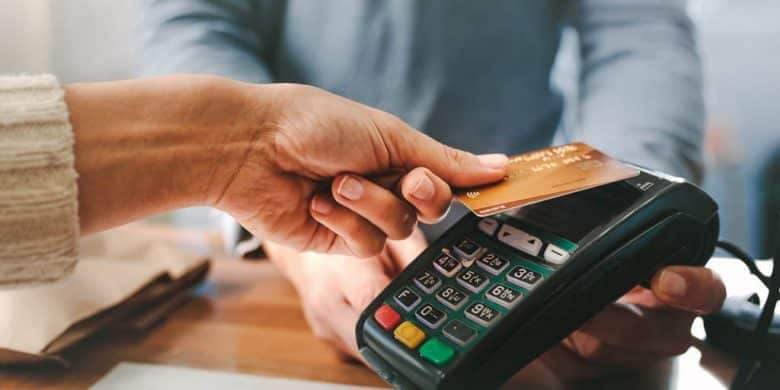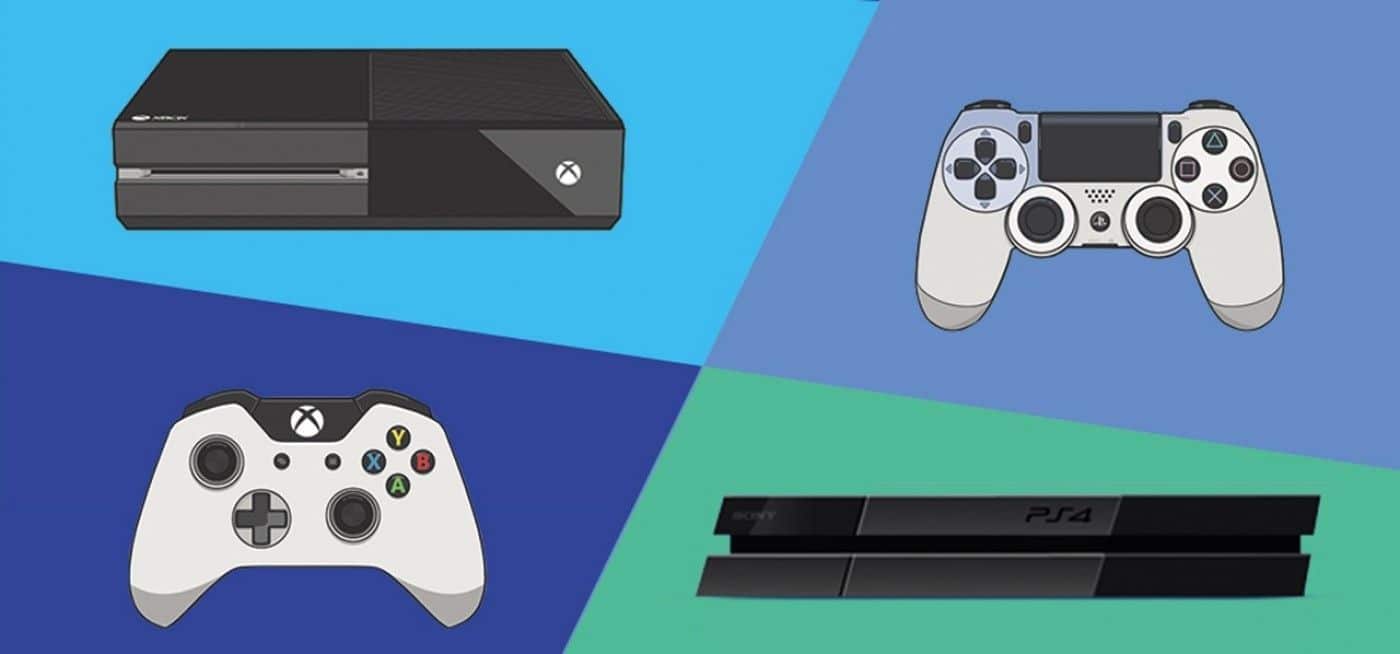To say that the COVID-19 pandemic has changed our world is no understatement. From shelter-at-home orders to toilet paper shortages to ongoing remote versus in-person learning debates, life looks a lot different than it did just a year ago. The pandemic has had a tremendous impact on not only what consumers buy — with sales of items such as at-home beauty products, pet supplies, and web cams skyrocketing — but also on how they make purchases.1 More shoppers are using contactless payments than ever before, and it is likely that this demand will continue to increase in the future.
Contactless payments work by using a type of radio frequency called near-field communication (NFC). A point-of-sale (POS) system enabled with NFC technology can accept payments from NFC-enabled credit and debit cards or smartphones and wearables that are connected to mobile wallets, such as Apple Pay® or Google Pay™. When a consumer taps or waves the card or device over the terminal, it initiates an electromagnetic induction link. Card details are encrypted in the mobile wallet and a secure element chip provides a unique digital signature for each individual purchase. The element verification is similar to the validation process commonly associated with chip-enabled EMV credit cards.
Most consumers are used to swiping their credit or debit cards to make purchases, but many are now expecting contactless payment options from the businesses they frequent. Until COVID-19, the United States had been slower to adopt contactless payments compared to countries such as Australia, the United Kingdom, and Canada.2 Credit card companies — including VISA and Mastercard — now support contactless payments, making this payment more widely available to consumers.

Contactless payment is seen as a convenient way to check out faster and reduce the risk of transmission. Many consumers who were resistant to using contactless methods, or did not see the need for them, now prefer this safer option. Contactless payment can be used by a wide range of merchants. For instance, some grocery stores offer contact-free pickup, while restaurants are focusing on scan-to-order and scan-to-pay options. In many cases, customers who order online can choose contact-free delivery or pickup and are able to set that option as their default for future orders.
Offering your customers contactless payment opportunities is both a safer option and a savvy way to keep up with ever-changing consumer behaviors.
For more information about contactless payments and the benefits of offering them to customers and clients, check out the accompanying resource.
1 “10 unlikely Items that are flying off the shelves during the coronavirus pandemic,” Business Insider, 26 April 2020
2 “The Coronavirus is Pushing Wider Acceptance of Contactless Payments,” US Chamber, 22 June 2020
RELATED: Does Online Reputation Repair Help Your Business During COVID-19 Pandemic?














Leave a Reply